Wheat starch, scientifically known as Triticum aestivum starch, is a versatile carbohydrate derived from wheat grains. Widely used in global cuisine, particularly in Asian cooking, it serves as a foundational ingredient for dishes requiring translucency, elasticity, or a neutral flavor profile. This article delves into the origins, production methods, nutritional properties, and culinary applications of wheat starch, shedding light on its significance in both traditional and modern gastronomy.
What Is Wheat Starch?
Wheat starch is a fine, powdery substance extracted from wheat endosperm, the nutrient-rich tissue surrounding the germ of the grain. Unlike wheat flour, which contains gluten-forming proteins (gliadin and glutenin), starch is primarily composed of carbohydrates, with minimal protein content. This composition grants it unique functional properties, such as the ability to create gel-like textures when heated and cooled, making it indispensable in recipes like dumplings, noodles, and desserts.
The Science Behind Wheat Starch
Chemically, wheat starch is a polysaccharide—a long chain of glucose molecules linked by glycosidic bonds. It consists of two molecules: amylose (linear chains) and amylopectin (branched chains). The ratio of these molecules influences the starch’s behavior during cooking. Wheat starch typically contains 20–30% amylose and 70–80% amylopectin, contributing to its gelatinization properties. When heated in liquid, starch granules absorb water, swell, and rupture, releasing amylose and amylopectin to form a thickened mixture. This process, known as gelatinization, is critical for achieving the desired texture in dishes like soups, sauces, and baked goods.
Production Process: From Wheat to Starch
The extraction of wheat starch involves separating the starch granules from other grain components, such as gluten, fiber, and lipids. Traditional and industrial methods vary, but the core steps remain consistent:
- Milling: Wheat grains are cleaned, tempered (moistened to soften the bran), and milled into flour.
- Slurry Preparation: Flour is mixed with water to form a slurry, which is then agitated to hydrate the starch granules.
- Gluten Separation: The slurry is processed through centrifuges or sieves to separate gluten (a protein network) from the starch-rich liquid.
- Starch Refinement: The starch-water mixture undergoes further purification to remove impurities, yielding a fine, white powder.
- Drying: The wet starch is dried using spray or drum dryers, resulting in the final product.
Modern production often employs the Alfredo Process, a method that uses lactic acid bacteria to ferment the slurry, enhancing starch purity and yield. This innovation has streamlined large-scale manufacturing, making wheat starch a cost-effective ingredient for food manufacturers.
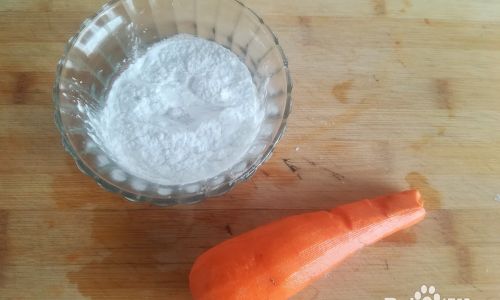
Nutritional Profile
Wheat starch is primarily a source of carbohydrates, providing 4 calories per gram. A 100-gram serving contains approximately:
- Calories: 370 kcal
- Carbohydrates: 90g (all from starch)
- Protein: 0.5g
- Fat: 0.1g
- Fiber: Negligible
It is naturally low in fat, sodium, and micronutrients like vitamins and minerals. However, fortified varieties may contain added nutrients. Despite its high carbohydrate content, wheat starch has a moderate glycemic index (GI) of 65–80, depending on processing methods. This makes it a moderate-impact carbohydrate on blood sugar levels, though individuals with diabetes should consume it mindfully.
Culinary Applications
Wheat starch’s neutral flavor and gelling properties make it a cornerstone of global cuisine. Its applications span savory and sweet dishes, as well as industrial food production:
-
Translucent Dumplings and Wrappers:
In Chinese cuisine, wheat starch is essential for creating har gow (shrimp dumplings) and cheong fun (rice noodle rolls). When mixed with boiling water, it forms a dough that steams into a translucent, chewy texture. This property is due to the starch’s ability to retain moisture and resist breaking when cooked. -
Noodles and Pastries:
Wheat starch improves the elasticity and clarity of noodles, such as Japanese udon and Korean japchae (sweet potato noodles, though traditionally made with sweet potato starch). In baking, it is used to lighten gluten-free recipes, though it cannot fully replicate wheat flour’s structure. -
Confectionery and Desserts:
Its gel-forming capacity is pivotal in fruit gels, puddings, and candies. In Vietnamese cuisine, bánh ít trần (sticky rice cakes) rely on wheat starch for their soft, glossy finish.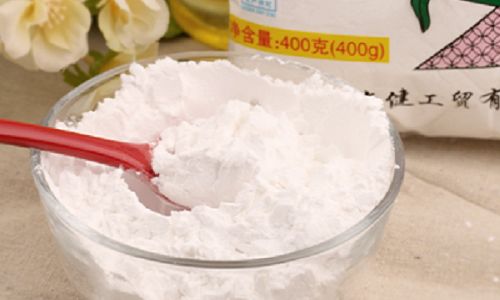
-
Thickening Agent:
As a substitute for cornstarch or arrowroot, wheat starch thickens sauces, soups, and gravies without imparting flavor. It requires boiling to activate its thickening power, making it ideal for hot preparations. -
Industrial Food Production:
Wheat starch is used in processed foods like instant noodles, frozen meals, and coatings for fried foods. Its ability to withstand freezing and high temperatures ensures product stability.
Wheat Starch vs. Other Starches
While wheat starch shares similarities with corn, potato, and tapioca starch, subtle differences exist:
- Cornstarch: Thicker and glossier when cooked, but less elastic.
- Potato Starch: Higher amylose content, leading to a firmer gel.
- Tapioca Starch: Derived from cassava root, it creates a chewier texture but lacks wheat starch’s clarity.
Wheat starch’s balance of amylose and amylopectin makes it uniquely suited for applications requiring both structure and translucency.
Health Considerations
Despite its culinary versatility, wheat starch is not without controversies:
-
Gluten Content:
While wheat starch is processed to remove gluten, trace amounts may remain. This makes it unsuitable for individuals with celiac disease or severe gluten intolerance. However, in some countries, wheat starch labeled “gluten-free” undergoes rigorous testing to ensure gluten levels below 20 ppm (parts per million), meeting regulatory standards for celiac-safe products.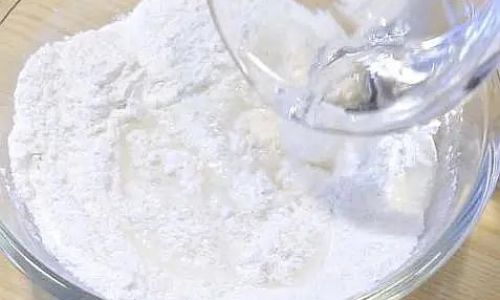
-
Digestive Health:
As a refined carbohydrate, excessive consumption may contribute to blood sugar spikes. However, its moderate GI makes it a better choice than sugary alternatives. -
Allergies:
Rarely, wheat starch can trigger allergic reactions in sensitive individuals, though cross-contamination during processing is a more common concern.
Cultural Significance
Wheat starch holds profound cultural importance in Asian culinary traditions. In China, it is synonymous with tangmian (澄粉), a key ingredient in dim sum. The art of crafting har gow wrappers, which require precise starch-to-water ratios, is a testament to culinary mastery. Similarly, in Japan, shiratamako (a type of wheat starch) is used to make mochi, a chewy rice cake central to festive celebrations.
Environmental Impact
The production of wheat starch is intertwined with wheat farming’s environmental footprint. Wheat cultivation requires significant water, with estimates suggesting 1,800 liters per kilogram of grain. Additionally, pesticide use and soil degradation pose sustainability challenges. However, advancements in precision agriculture and starch extraction efficiency are mitigating these impacts. Some manufacturers now adopt closed-loop systems, recycling water and byproducts like gluten for animal feed or biofuel.
Innovations and Future Trends
The demand for wheat starch continues to grow, driven by:
-
Gluten-Free Alternatives:
Research into enzyme-modified wheat starch aims to reduce gluten content further, expanding its use in celiac-safe products.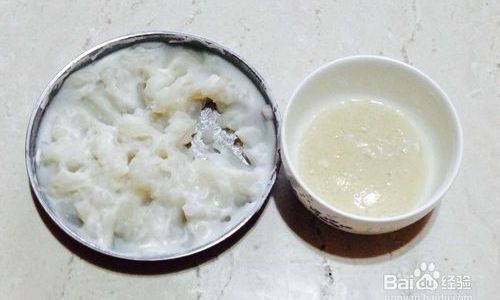
-
Clean Label Trends:
Consumers prefer natural thickeners over synthetic additives, boosting wheat starch’s appeal as a “clean label” ingredient. -
Biodegradable Materials:
Wheat starch is explored as a sustainable alternative to plastic in packaging and disposable cutlery, leveraging its biodegradability and renewable sourcing.
Conclusion
Wheat starch, a humble byproduct of wheat processing, is a testament to human ingenuity. From ancient dumpling recipes to cutting-edge bioplastics, its applications reflect a blend of tradition and innovation. While nutritional and environmental considerations persist, ongoing advancements promise a future where this versatile ingredient balances functionality, sustainability, and accessibility. Whether steaming delicate dumplings or engineering eco-friendly materials, wheat starch remains a cornerstone of culinary and industrial progress.
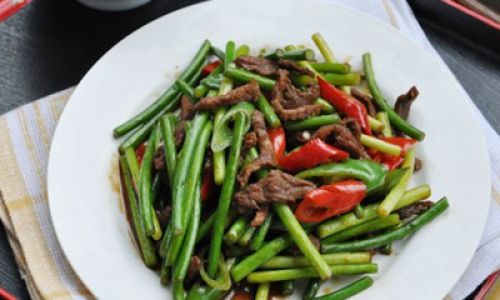
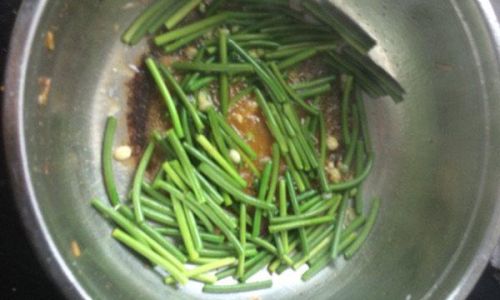
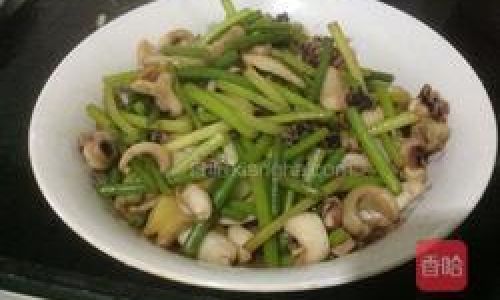

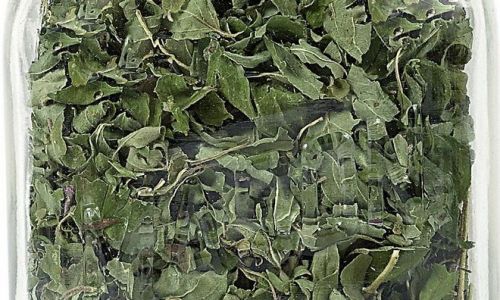

0 comments